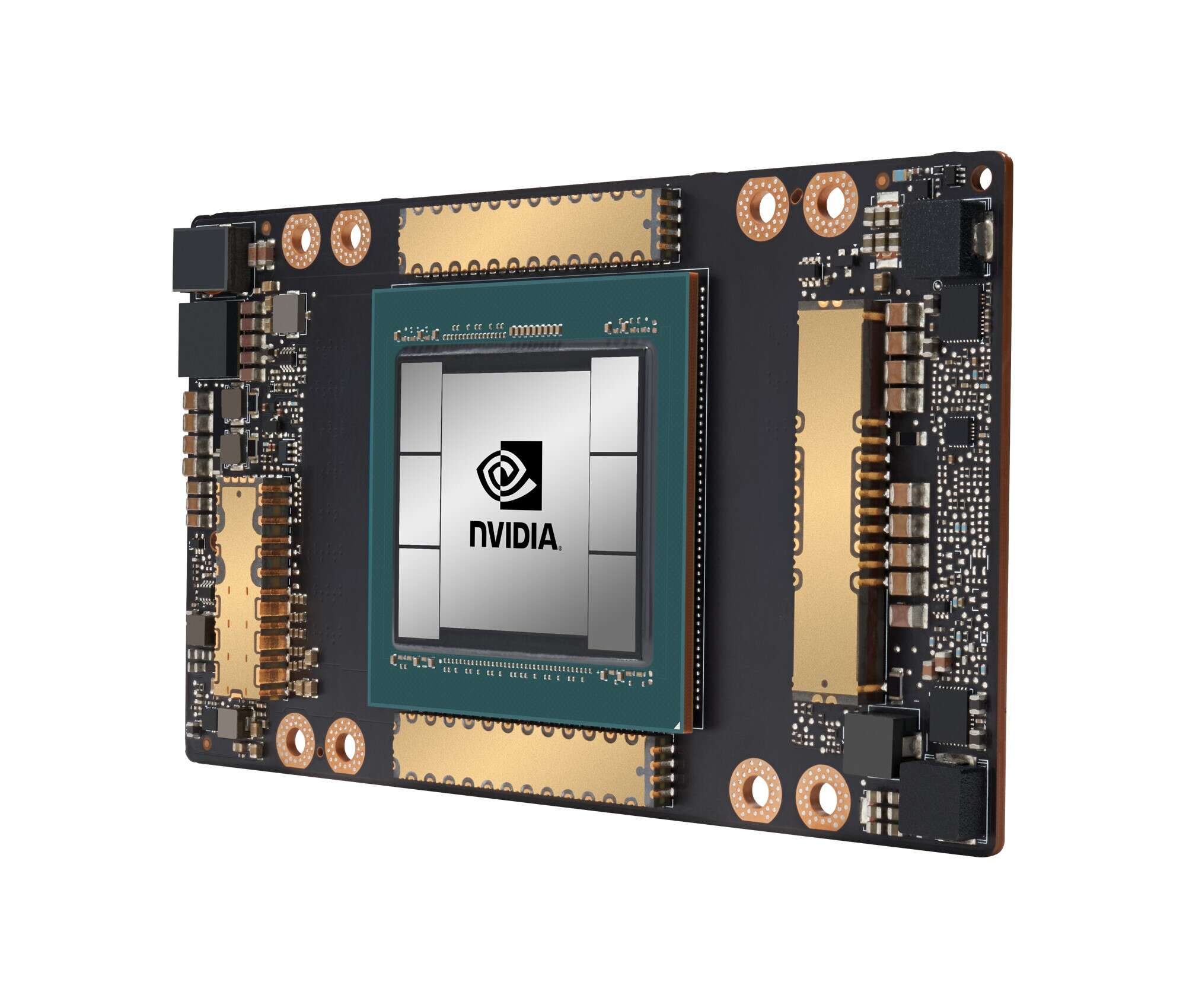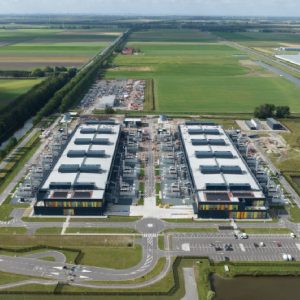
NVIDIA’s data centre business outperformed the firm’s gaming division for the first time ever in Q2 as demand grows for GPUs to accelerate machine learning workloads and high speed networking across the data centre.
As CEO Jensen Huang noted of the trend: “The original name of hyperscalers [refers to a] large data center of a whole bunch of hyperconverged computers. But the computers of today are really disaggregated. A single application service could be running on multiple servers at the same time, which generates a ton of east-west traffic, and a lot of it is artificial intelligence neuro network models.
“And so, because of this type of architecture, two components, two types of technologies are really important to the future of cloud. One of them is acceleration, and our GPU is ideal for it. And then the other one is high-speed networking. The reason for that is because the server is now disaggregated, the application is fractionalized and broken up into this — in a bunch of small pieces that are running across the data center. And whenever an application needs to send parts of the answer to another server for the microservice to run. That transition is called east-west traffic.
“And the most important thing you could possibly do for yourself is to buy really high-speed, low-latency networking…”
The graphics card giant’s earnings for the three months to July 26 show that its data centre unit brought in $1.75 billion in revenue, 54% up on the previous quarter, boosted by a significant contribution from recent acquisition Mellanox. Gaming, the company’s traditional core business, earned $1.65 billion in the same period.
NVIDIA’s overall revenue was $3.87 billion, up 50% year-on-year and 26% on the previous quarter, and beating the $3.65 billion forecast by analysts.
Mellanox, which makes a host of data centre networking-related products, cost Nvidia $7.13bn, and this is the first full quarter in which its revenue has been fully incorporated into Nvidia’s results. It was responsible for 30 per cent of the company’s data centre income, and 14 per cent of overall revenue.
READ MORE: Equinix outage leaves data centre customers fuming
Q2 saw NVIDIA release its new A100 GPU, designed specifically for data centre and AI applications, and based on the company’s new Ampere architecture. It features 54 billion transistors, making it the world’s largest 7nm processor.
CEO Jensen Huang said the chip is already being incorporated into servers by over 50 leading vendors including Dell, Cisco and Hewlett-Packard. Thirty systems featuring the A100 are set to launch this summer, with another 40 by the end of the year.
Even without the Mellanox earnings, NVIDIA’s data centre revenue grew seven per cent in the quarter, a trend which Huang expects to continue in Q3, with another low-to-mid single digit increase in revenue forecast.
He told investors that though the Covid-19 crisis and changes in working patterns have been a big factor in the data centre growth and increased demand for cloud-based systems, he expects these changes to be permanent.
“The dynamics that I am describing are permanent, and [have] just been accelerated to the present because of everything that’s happening to us,” he said. “This is the future, and there’s no going back.”
The company has been heavily linked with a deal to purchase chip designer Arm, a move which would see it strengthen its position in the data centre stack. Arm’s current owner Softbank is reportedly looking for $50 billion for the Cambridge-based business.
(CEO Huang was effusive about the company, but didn’t speak about any potential acquisition plans, telling investors: “We’ve been a long-term partner of ARM, and we use ARM in a whole bunch of applications; whether it’s autonomous driving or a robotics application, the Nintendo Switch, console business that we’re in.
“And so, we worked with the ARM team very closely. They’re really great guys. And one of the special [things] about the ARM architecture that you know very well is that it’s incredibly energy-efficient. And because it’s energy-efficient, it has the headroom to scale into very high-performance levels over time.
“So, anyways, we love working with the ARM guys…”
Nvidia’s gaming revenue meanwhile enjoyed a 24% rise on the previous quarter, with worldwide lockdowns meaning people had much more time to spend in front of their computers. However, there was not such good news in automotive, with revenue dropping 28 per cent, to $111 million.






